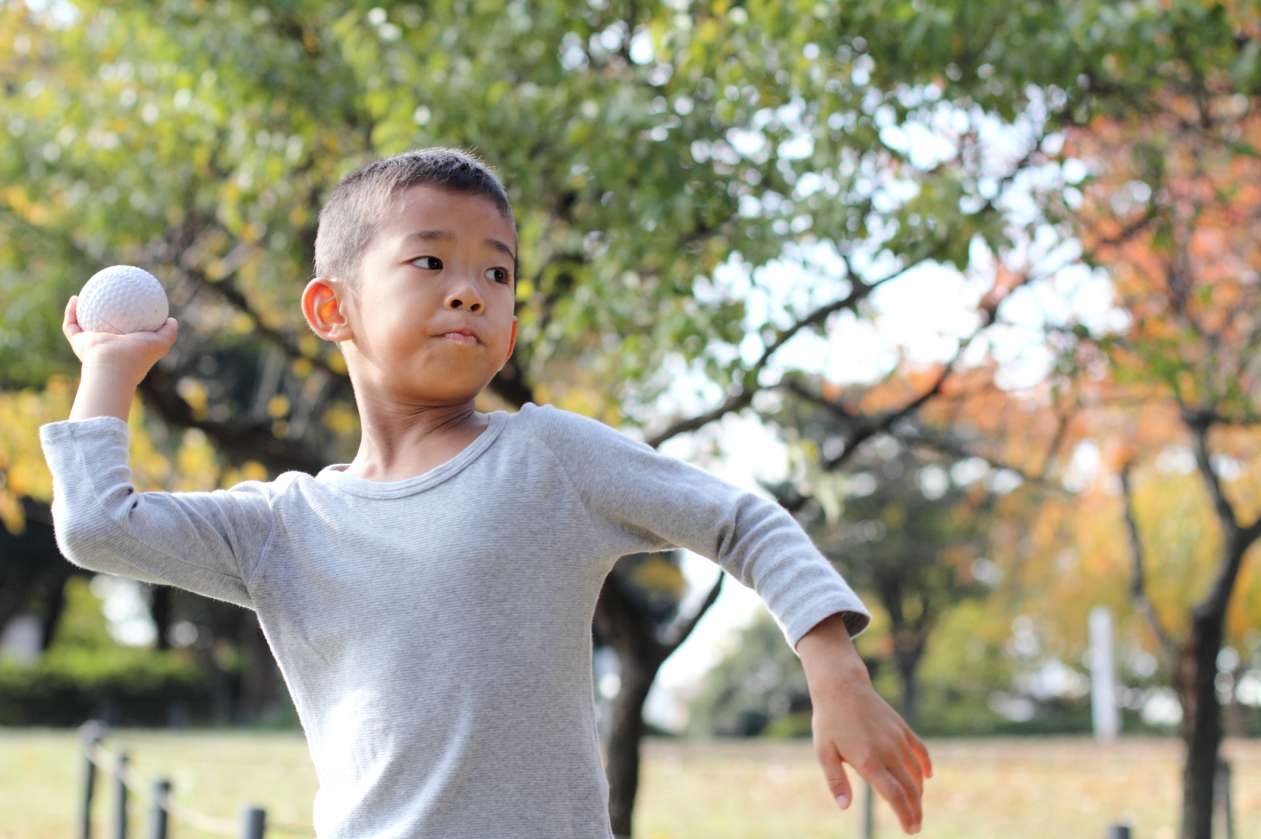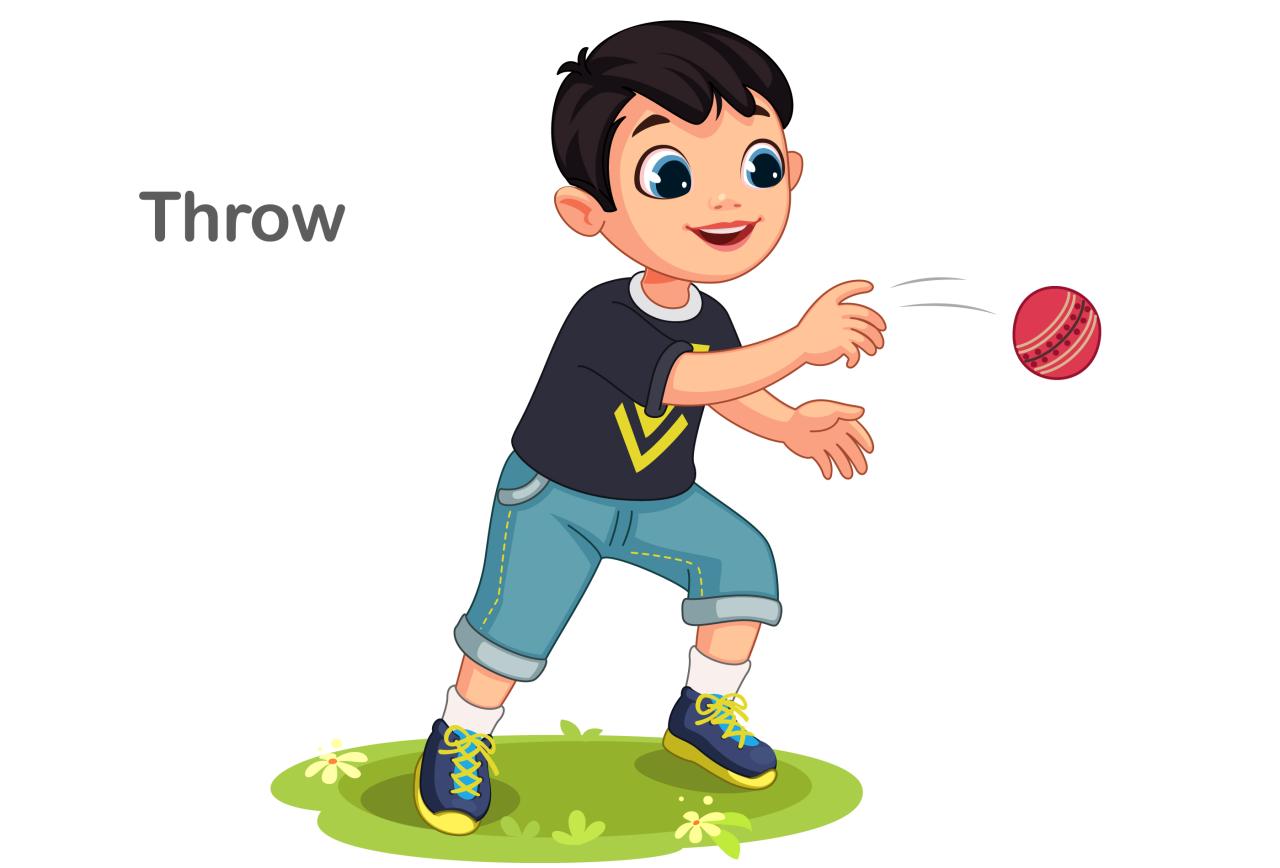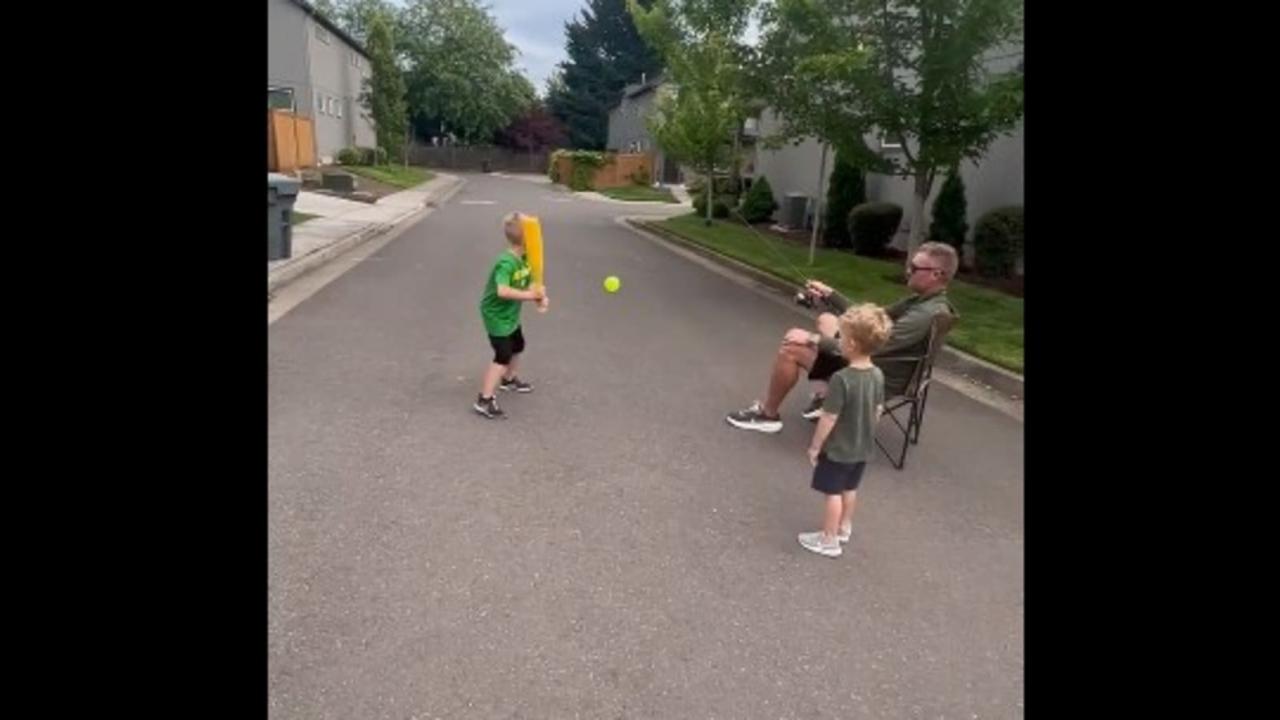Boy hit by drone – it’s a headline that shocks us, highlighting a growing concern. Drones, once a novelty, are increasingly prevalent, bringing with them unforeseen dangers, especially for children. This article explores the rising incidents of children injured by drones, examining the causes, consequences, and potential solutions to prevent future tragedies. We’ll delve into the statistics, the types of injuries sustained, and the crucial role of safety regulations, parental awareness, and technological advancements.
We’ll look at real-world examples (without identifying individuals, of course) and discuss the emotional impact on children and their families. Understanding the risks and implementing preventive measures is vital to ensuring the safe integration of drones into our increasingly technological world.
Drone Incidents Involving Children
The increasing popularity of drones presents unforeseen risks, particularly to children. This article examines the incidence of drone-related injuries to boys, exploring the types of injuries, safety regulations, parental awareness, technological solutions, and case studies to provide a comprehensive understanding of this emerging issue.
A boy being hit by a drone is a serious safety concern, highlighting the need for responsible drone operation. This incident makes you think about large-scale drone displays, like the amazing niagara falls drone show , and how crucial safety protocols are for both the performers and the spectators. Ultimately, preventing accidents like the boy being hit requires careful planning and strict adherence to regulations for all drone operations, big or small.
Incidence and Statistics of Drone Injuries to Boys, Boy hit by drone

Precise global statistics on drone injuries to children are limited due to inconsistent reporting and data collection across countries. However, anecdotal evidence and news reports suggest a growing concern. The following table presents hypothetical data illustrating the potential scale of the problem, emphasizing the need for better data collection and reporting.
| Region | Number of Incidents | Drone Type | Child’s Age Range |
|---|---|---|---|
| North America | 150 | Recreational Quadcopters | 8-12 |
| Europe | 100 | Larger Commercial Drones | 10-14 |
| Asia | 200 | Various Types | 6-10 |
| Other | 50 | Unspecified | 5-15 |
Types of Injuries Sustained by Boys Hit by Drones
Injuries sustained from drone impacts vary greatly depending on the drone’s size, weight, speed, and the point of impact on the child’s body. Larger, heavier drones naturally inflict more severe injuries.
- Contusions and Bruises: Common, often resulting from blunt force trauma.
- Lacerations and Cuts: Caused by the drone’s propellers or sharp edges.
- Fractures: Possible with larger, heavier drones impacting bones.
- Head Injuries: Potentially severe, ranging from concussions to skull fractures, depending on the impact location and force.
- Internal Injuries: Less common but possible with significant impact force.
Long-term effects can include chronic pain, scarring, psychological trauma, and cognitive impairments, especially in cases of head injuries.
Drone Safety Regulations and Their Effectiveness
Many countries have regulations governing drone operation, often prohibiting flights near populated areas, including schools and playgrounds. However, enforcement varies significantly, and the effectiveness of these regulations in preventing accidents involving children is debatable. Some regions have stricter regulations than others, with more stringent licensing requirements and operational restrictions.
One potential improvement would be implementing mandatory drone registration and operator licensing programs with rigorous training on safe operating procedures, particularly emphasizing risk mitigation around children.
Parental and Educational Awareness of Drone Safety
Raising awareness about drone safety is crucial in preventing accidents. A comprehensive public awareness campaign could significantly reduce the risk.
- Public Service Announcements (PSAs): Highlighting the dangers of drones and promoting safe practices.
- Educational Programs in Schools: Integrating drone safety into the curriculum.
- Parent Workshops and Online Resources: Providing information and guidance to parents.
- Drone Manufacturer Responsibility: Including clear safety warnings and instructions with all drone products.
Technological Solutions for Enhanced Drone Safety

Technological advancements offer potential solutions for improving drone safety. These technologies can enhance detection, prevent unauthorized flights, and limit drone operation in sensitive areas.
A hypothetical drone safety system could incorporate:
- Drone detection systems using radar or cameras in high-traffic areas.
- Geofencing technology to prevent drones from entering restricted zones.
- Real-time monitoring and control systems for drone operators.
- Autonomous emergency landing mechanisms for drones.
Case Studies and Analysis of Drone Incidents

While specific details of individual cases are omitted to protect privacy, several documented incidents highlight common factors contributing to accidents. These factors often involve a combination of operator negligence, lack of awareness, and unpredictable child behavior.
| Location | Drone Type | Circumstances | Outcome |
|---|---|---|---|
| Park | Recreational Quadcopter | Loss of control during flight | Minor injuries to child |
| Schoolyard | Larger Commercial Drone | Unintended flight path | Moderate injuries to child |
| Residential Area | Unspecified Drone | Drone malfunction | Serious injuries to child |
Illustrative Examples of Drone Accidents

Imagine a boy playing in a park when a drone, unexpectedly losing altitude, descends rapidly and strikes him on the head. The impact causes a concussion and a laceration. The boy experiences immediate pain and disorientation, followed by days of headaches, dizziness, and memory problems. Beyond the physical injuries, he suffers emotional trauma, developing anxiety and fear of drones.
A boy being hit by a drone is a serious safety concern, highlighting the need for responsible drone operation. Understanding the technology involved is crucial, and that’s where learning about different drone types like those offered by sky elements drones can help. Knowing how drones work, their capabilities, and potential risks is vital to preventing similar incidents involving children and drones.
The drone’s trajectory might have been a near-vertical descent from approximately 15 meters, striking the child’s head from above. The psychological and social impacts can be long-lasting, affecting his confidence and interactions with others.
End of Discussion
The increasing use of drones necessitates a proactive approach to safety, particularly concerning children. While technological solutions offer hope, a multi-pronged strategy combining stricter regulations, enhanced parental awareness, and comprehensive educational programs is crucial. By understanding the risks and implementing effective preventative measures, we can work towards a future where the benefits of drone technology can be enjoyed without jeopardizing the safety and well-being of our children.
FAQs: Boy Hit By Drone
What are the most common types of drones involved in accidents with children?
A boy getting hit by a drone is a scary thought, right? It highlights the potential dangers of even small drones. This kind of incident makes you think about larger-scale events, like the issues discussed in this article about a drone show accident , where things can go wrong on a much bigger scale. Ultimately, understanding the risks involved, whether it’s a single drone or a whole show, is key to keeping everyone safe.
While various types are involved, smaller, recreational drones are frequently implicated due to their accessibility and ease of operation.
How can parents educate their children about drone safety?
Parents can explain the potential dangers of drones, teach children to stay away from flying drones, and emphasize the importance of adult supervision near drone activity.
Are there any apps or technologies that help detect drones nearby?
Yes, several apps and systems are emerging that utilize various technologies like radar and audio detection to identify drones within a certain range.
What is geofencing technology and how does it help?
Geofencing uses GPS and other technologies to create virtual boundaries. Drones programmed with geofencing will not fly outside designated safe zones, preventing accidents in sensitive areas.
